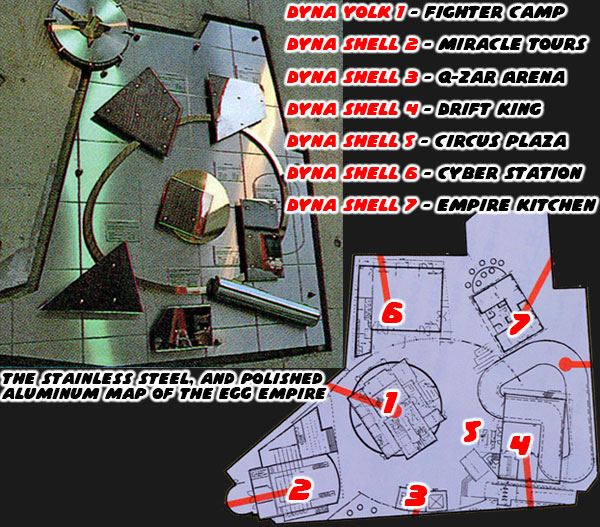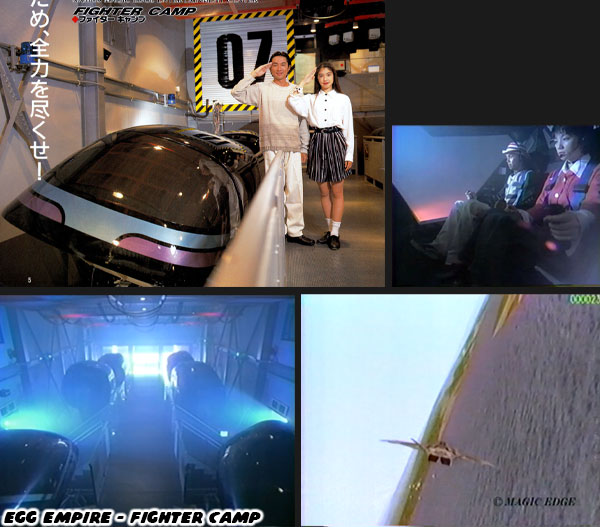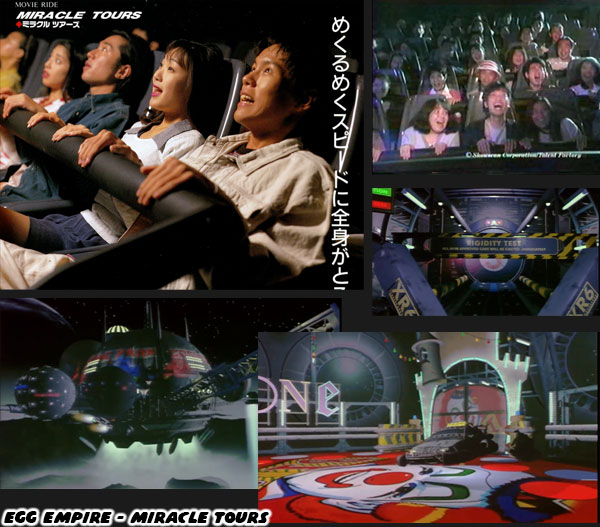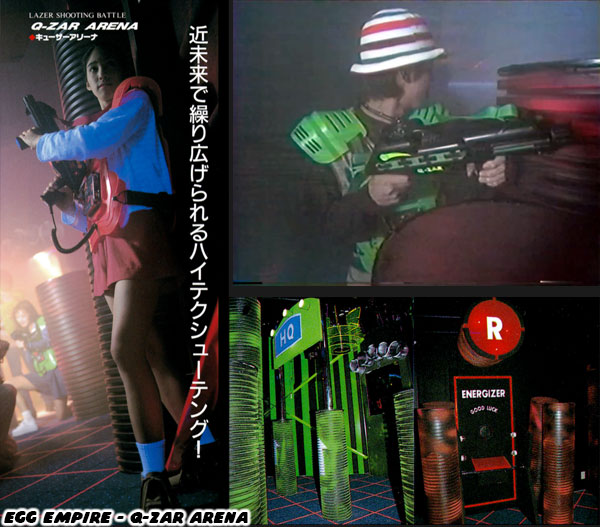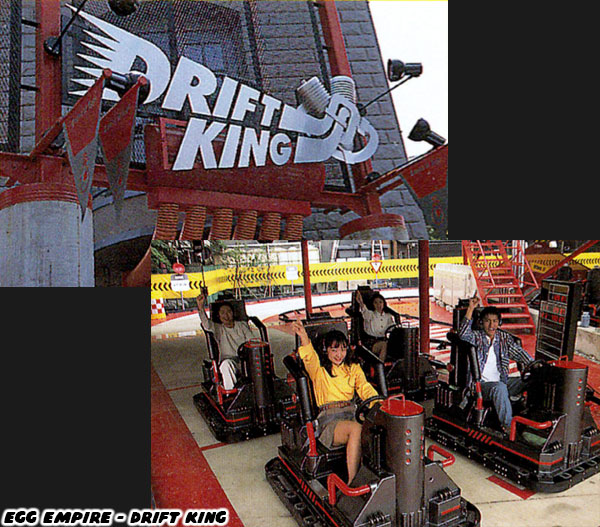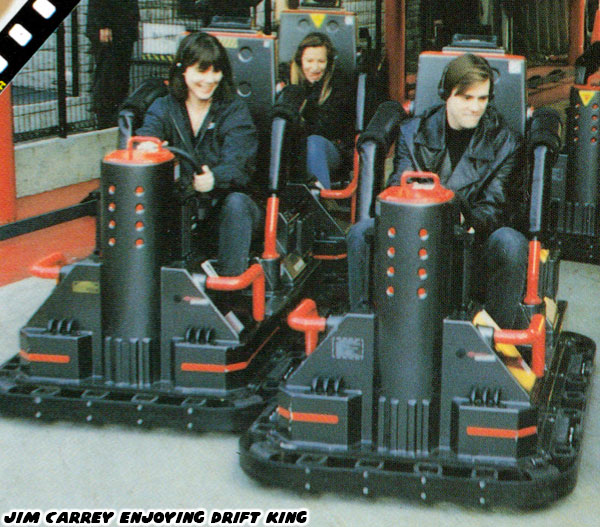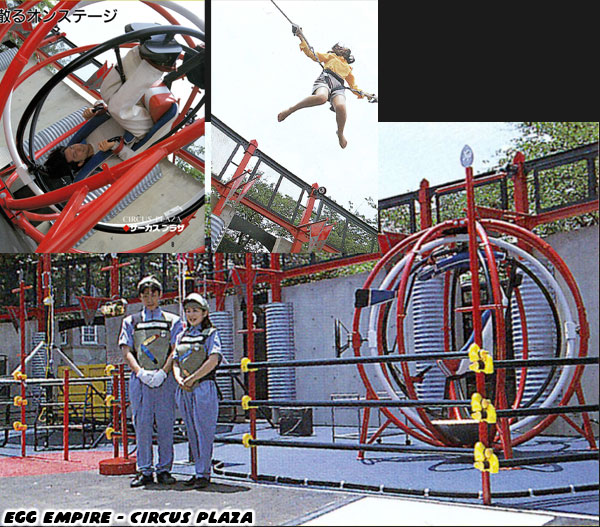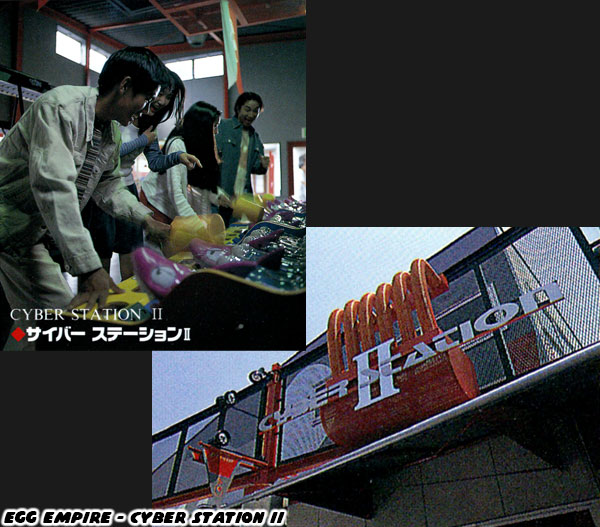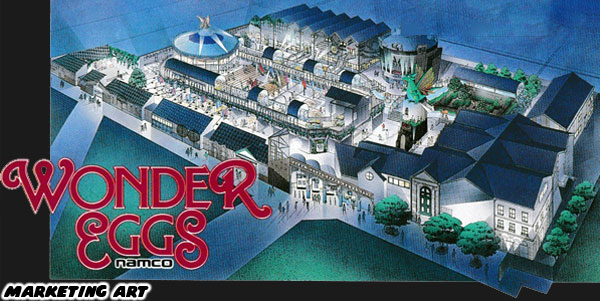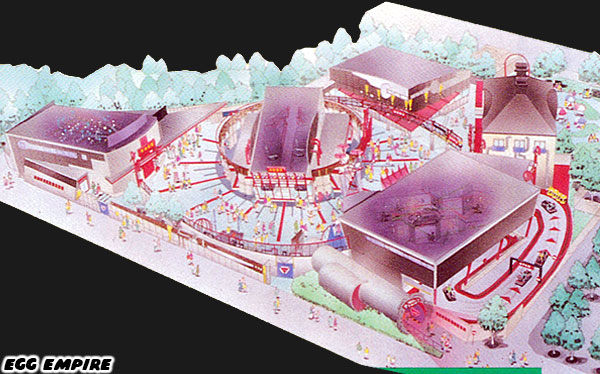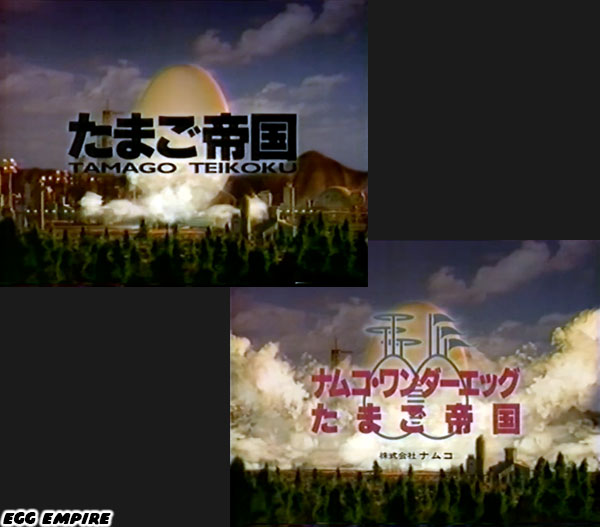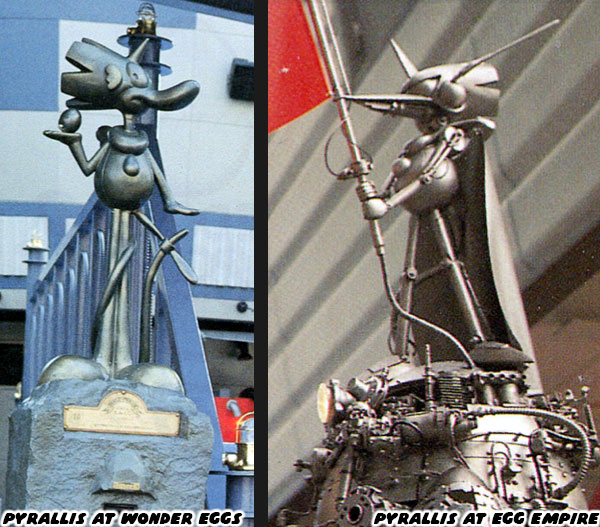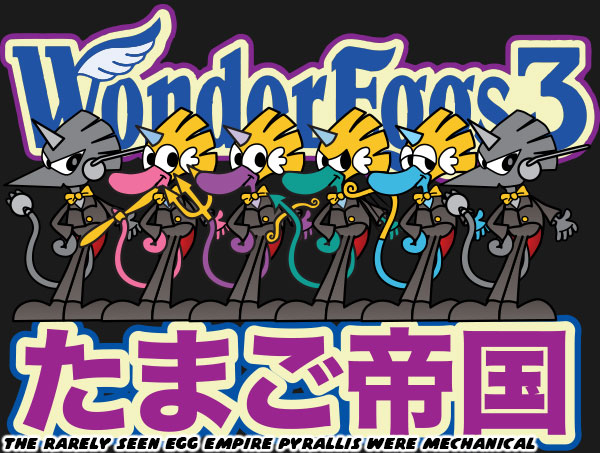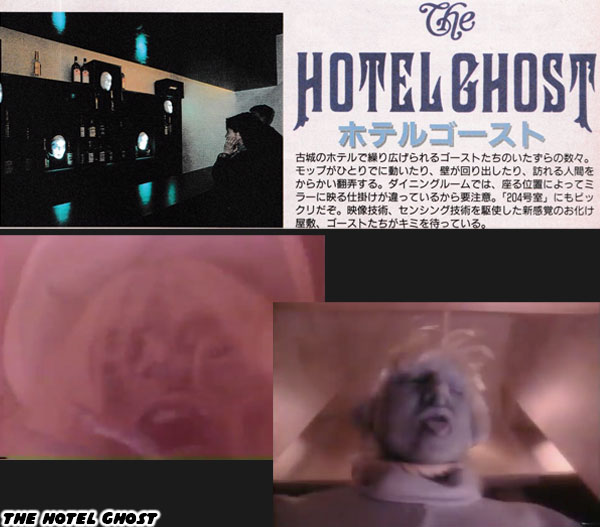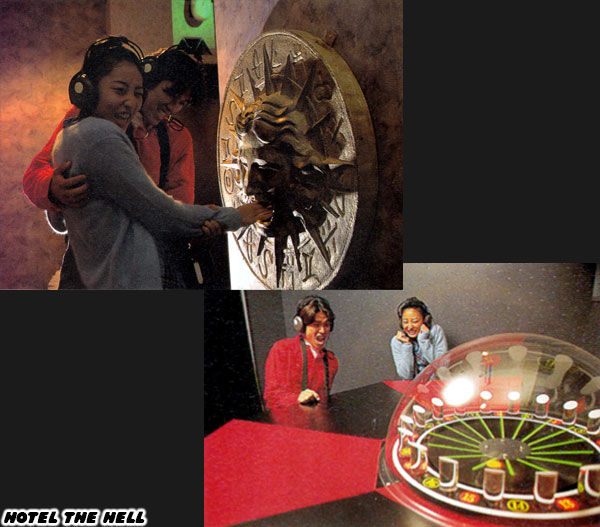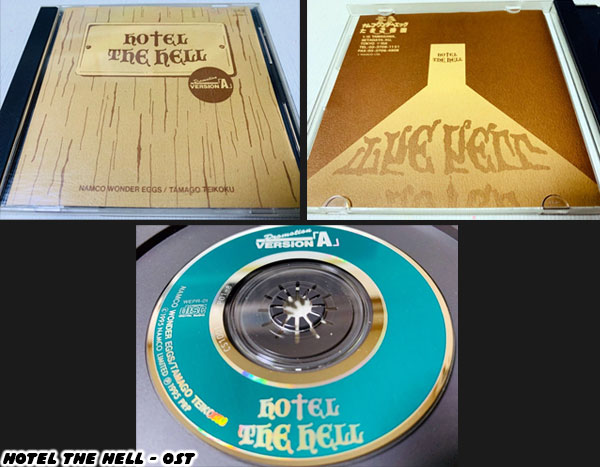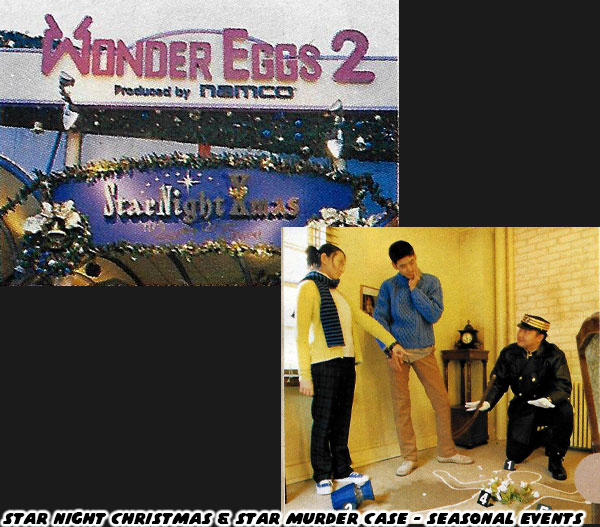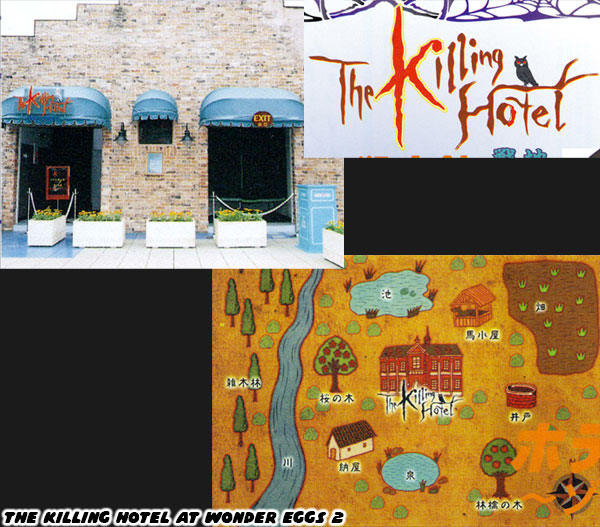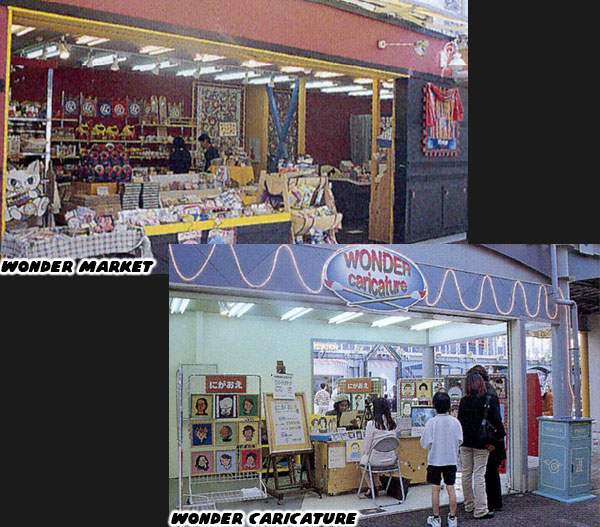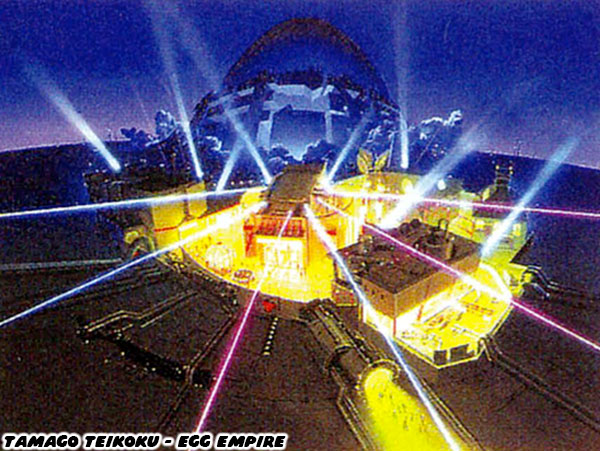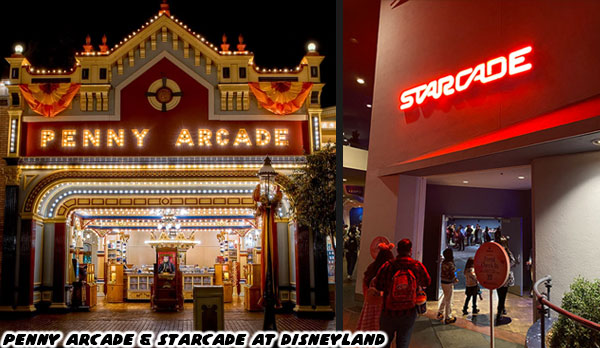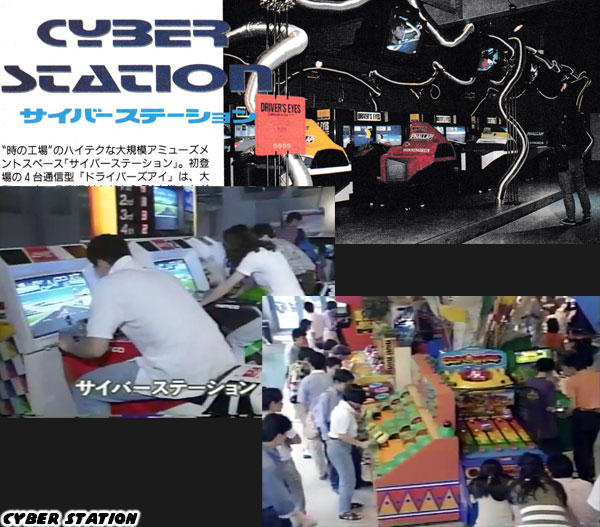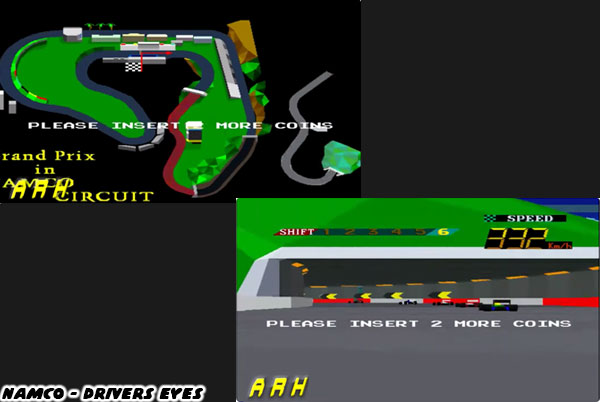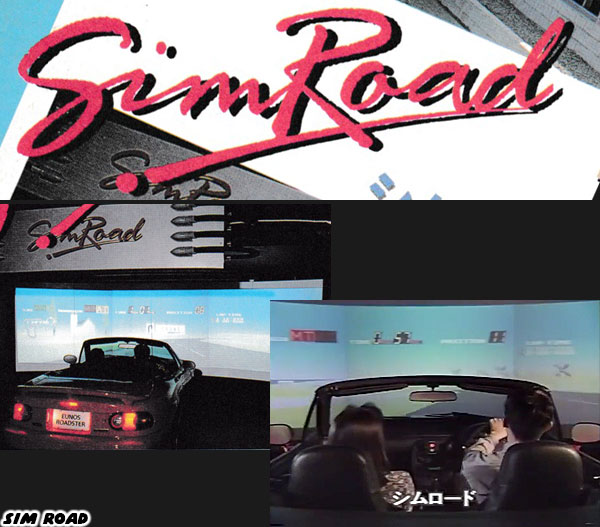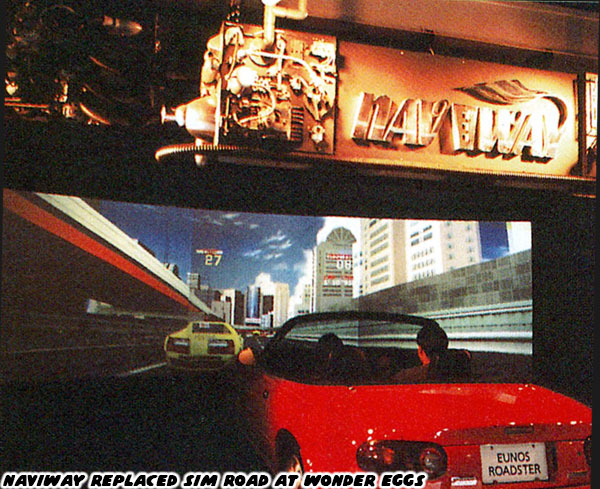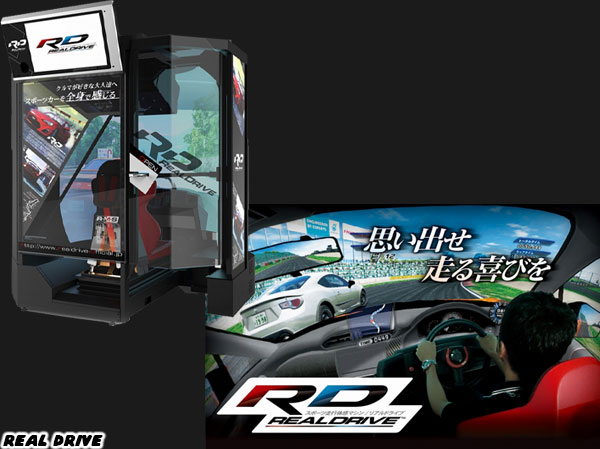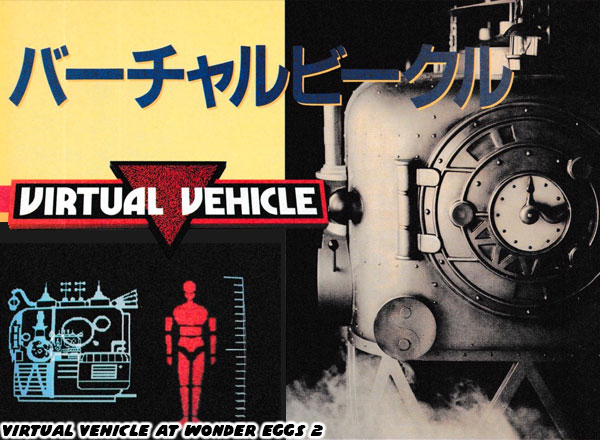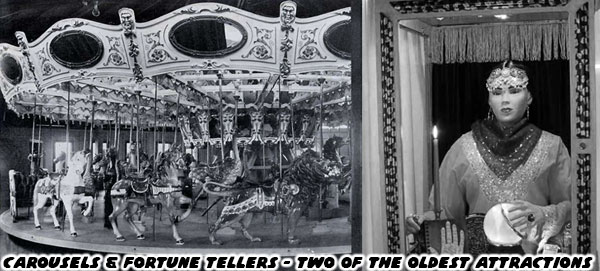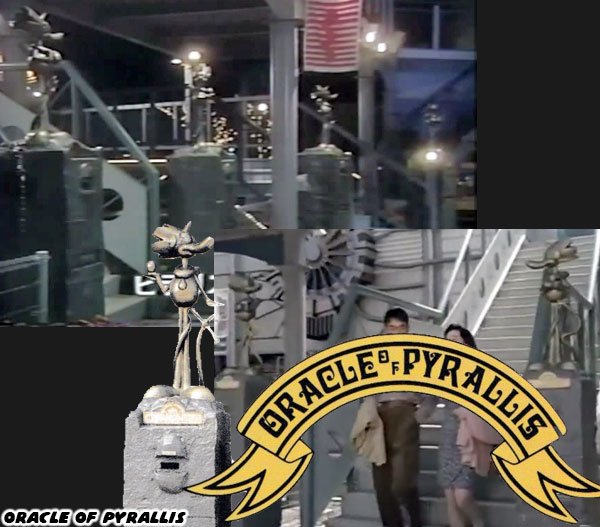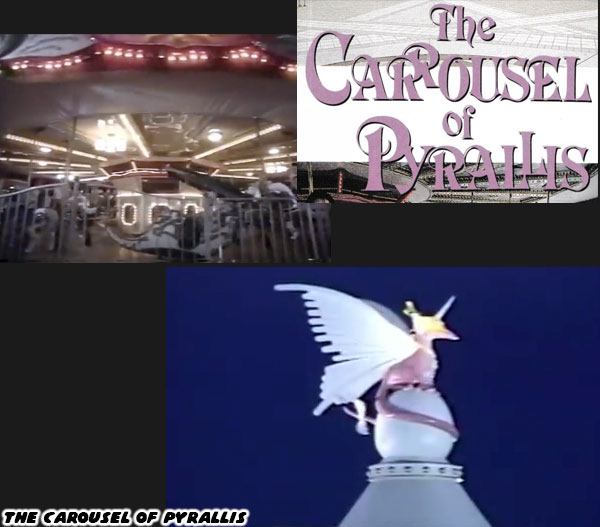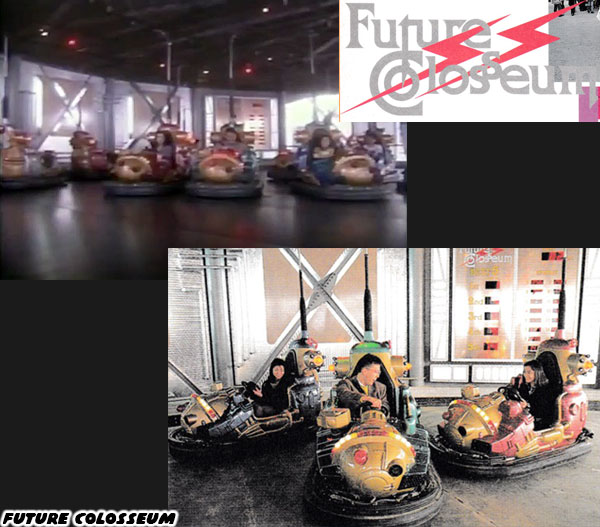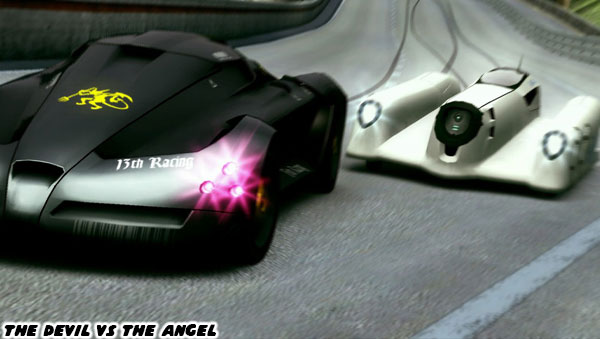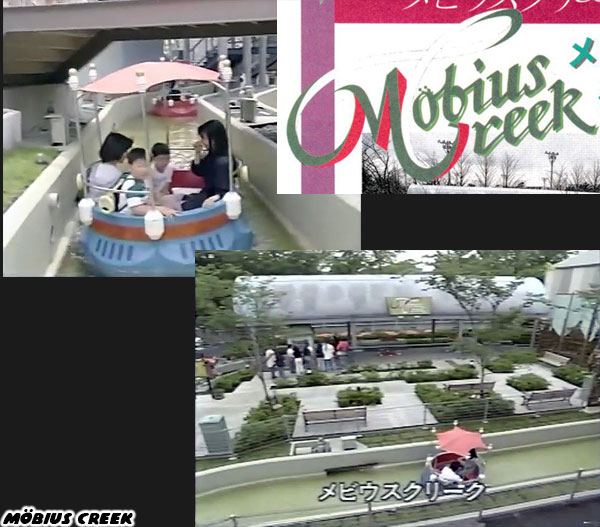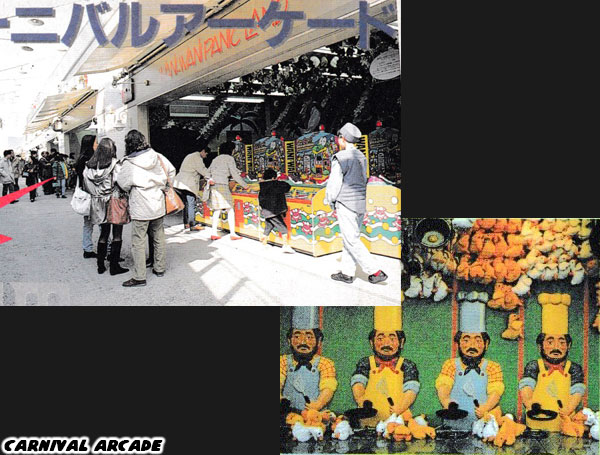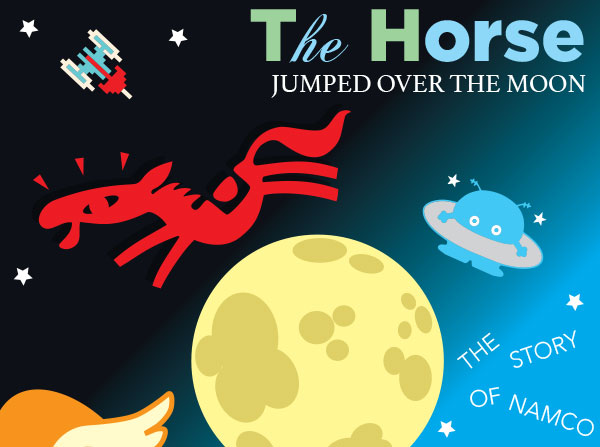
In the previous blog I talked about one of the attractions that wasn’t a repeat draw when Wonder Eggs opened. Magical Illusion was a sort of mirror maze / fun house / art installation. It was designed for couples, and families to explore. It was similar to the pop up installations today where people took selfies for their social media. But this was way back in 1992, decades before Instagram or TikTok. Magical Illusion did well with first time visitors, however since it wasn’t a ride there wasn’t a reason for repeat visits. Namco went back to the drawing board.
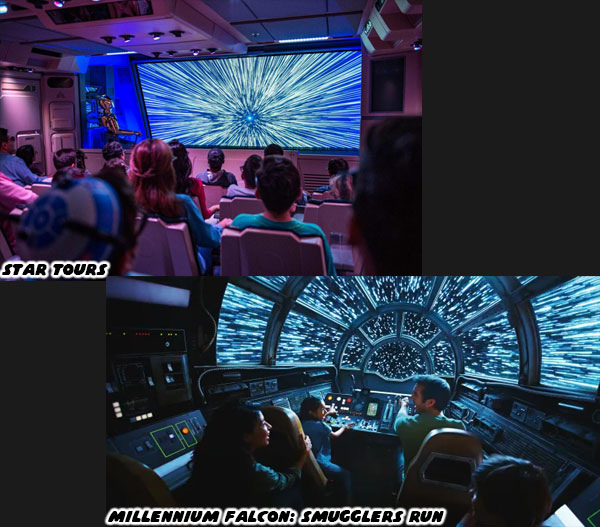
Namco had already pioneered Hyper Entertainment a few years prior with the Tower of Druaga, and Galaxian³. These were the types of attractions that turned riders active participants. Namco founder, and CEO Masaya Nakamura had been pushing towards the development of hyper entertainment since 1987. After he had a chance to ride Star Tours at Disneyland, and
had a meeting with George Lucas in Los Angeles. He felt that movies, amusement attractions, and video games were not separate forms of entertainment. He argued that they they worked well together, and should form a new kind of play. He envisioned an attraction where guests were not passive riders, but active participants in the story. He believed that
Galaxian³ from the 1990 World’s Expo was a way to turns audiences into the heroes of Star Wars. Galaxian³ predated the immersive experience from Star Wars: Millennium Falcon - Smuggler’s Run by almost 30 years. The Disney attraction from 2019 put guests in the cockpit of the titular ship where they could interact with the controls, and have slightly different experiences during the ride. The challenge for Namco was in making a stationary building into an attraction.
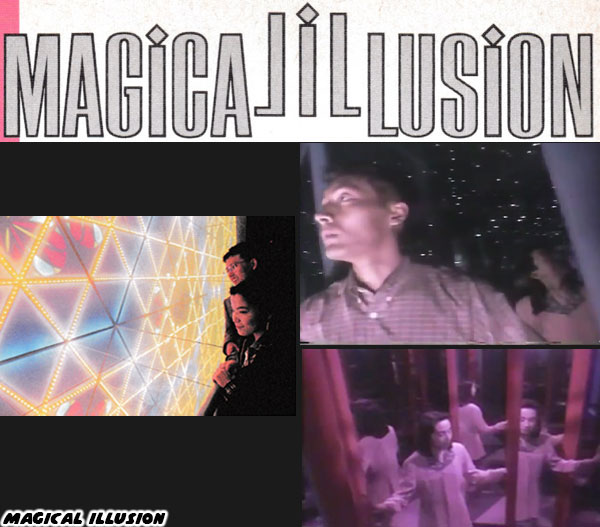
The company came up with something that they called a Participatory Story Attraction. This allowed them to transform a building into a living movie set. They would use this for a few attractions at Wonder Eggs. It allowed the designers a chance to place dreamers in the middle of a story. They could shape an outcome that was unique for themselves as they progressed through the attraction. It was far more interactive than modern "escape rooms." This was hardly a new idea. Walt Disney imagined that the Pirates of the Caribbean was supposed to be a walk through attraction before it became a flume ride. Namco would have a variation of that concept but guests could have multiple outcomes.
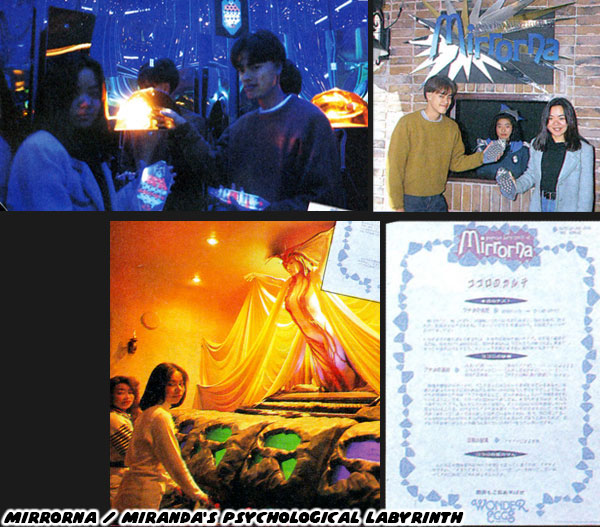
Magical Illusion became Mirrorona / Miranda’s Psychological Labyrinth within a year. A new character was introduced from the same mythology that created Wonder Eggs. According to the official description “Miranda, the mirror fairy, will unravel the deep psychological threads that even you are unaware of, and answer who you really are. You get the “Kokoro’s Medical Record” at the end.” Kokoro was a comprehensive term in Japanese religion, philosophy and aesthetics often translated as “heart.” Its range of meanings included mind, wisdom, aspiration, essence, attention, sincerity and sensibility. Dreamers would answer questions projected on mirrors, and screens within the attraction. They would move from room to room, deeper within the mirror dimension. At the end the staff would have a small printed journal waiting for them. It was a sort of fortune / psychological evaluation based on their selections during the attraction. The questions actually changed as the day progressed, so that dreamers would never be asked the same things twice.
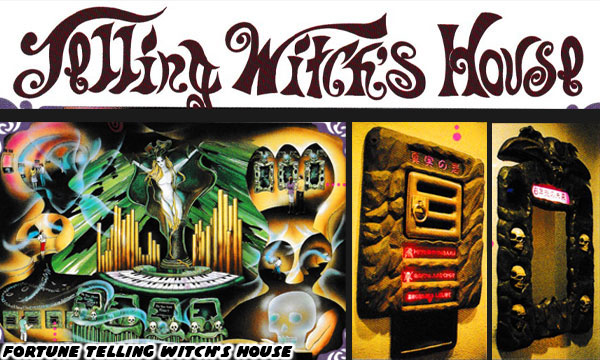
Namco was happy with the reaction to the updated attraction, however they thought they could still do better. Three years after the opening of Wonder Eggs there was an update to the park called Wonder Eggs 2. The original theme was “The World of Wonder Imagination” the new theme was “Love and Success.” Mirrorona would get a face lift, and become the Fortune Telling Witch’s House. Here was the description from Namco “The fortune-telling witch Lilisa lives in an eerie Western-style mansion. She asks personality questions to reveal your future. In Colors Tunnel, you can see your current state, and in the “Echoes Organ,” you can clearly see the balance of your heart. A Crystal mirror will predict your future six weeks from now, and at the end you receive the “book of truth” that contains the true nature of yourself, and what you are unaware of… *Perfect for couples! (Those under elementary school age must be accompanied by an accompanying person).” The printout at the end of the attraction was much longer, and more detailed now.
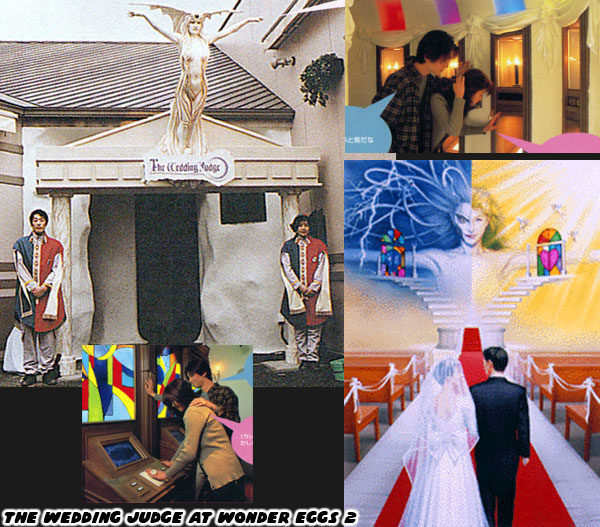
The final evolution of the attraction was called the Wedding Judge. It was prepped in time for Wonder Eggs 3 and their new theme “Dreams and Romance.” This attraction was more than just a reskinned version of the Fortune Telling Witch’s house. In fact the Witch’s house was moved the the
Himeji Central Park, a safari zoo in Japan where it stayed in operation until 2008. This new attraction was designed with couples in mind. The official description read; “A fortune-telling attraction set in a church. After going through wedding costumes (we will take photos with the costumes in the background), choosing your favorite from colorful candles, answering questions, etc. (Do you have the qualifications to do so?) The content and wording of the result sheet is quite strict, and there is a warning in the pamphlet that says, "The results may deny the customer's romantic/marital relationship, but we cannot be held responsible for any troubles caused by this.”
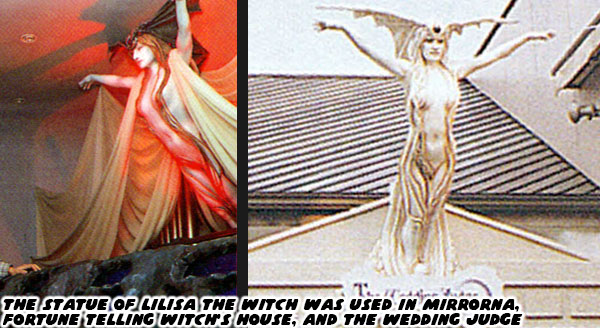
The only thing that was carried over with each evolution of this attraction was the statue of Miranda. She evolved into Lilisa, and finally Shadow Moon the God of all marriages. The statue was
sculpted and designed by Junya Okabe who has worked in film, and animation. A preview of the attraction read; “This time, the newly launched marriage eligibility determination attraction "Wedding Judge" is an attraction with a new concept that is mainly targeted at couples in love. While the two people held a personal data memory item, the "Ring of Truth," and experienced a simulated wedding ceremony, including a wedding photo shoot, candle ceremony, and vows at the altar, the God of Marriage held their "Truth Ring." This is a unique attraction that has never been seen before, as it diagnoses a person's thoughts and wishes regarding marriage and determines whether the couple is eligible for marriage.”
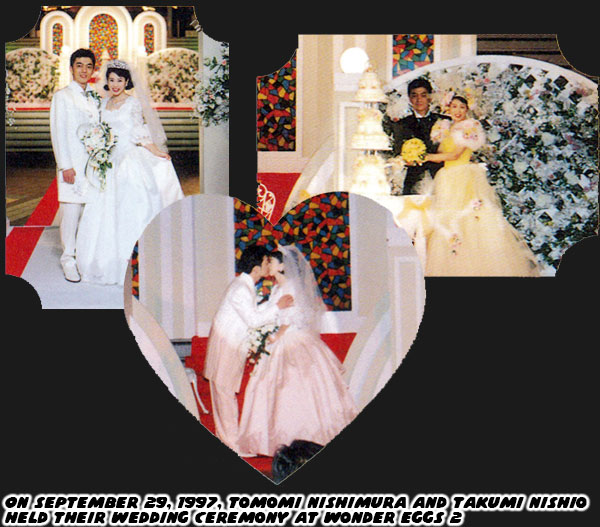
It wasn’t guaranteed that each couple would pass the test. Those that did were eligible for the “Ideal Couple Contest.” Wonder Eggs would select one couple, and host a wedding party for them in Elds Square. On Monday, September 29, 1997 Tomomi Nishimura and Takumi Nishio were the lucky couple. According to the press release; “This wedding was held at Mr. Nishimura's request. On the day of the event, approximately 3,500 people, including guests and Dreamers who came to visit WE2, celebrated the couple. Nishimura was filled with happiness and said of their first kiss, “It was a peppermint green kiss, like the wind…” Namco discovered that the Wedding Judge went over well with couples. For those that weren’t ready to commit to intense psychoanalysis there was a more user friendly “Memorial Shop” called the Wonder Chapel right next door.
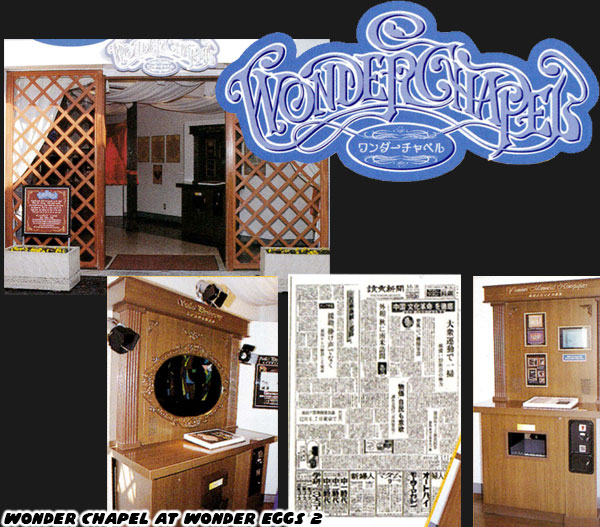
The shop was a place to put together a newspaper featuring you, and your partner. Here was the official writeup from Namco; “If you want to spend a warm spring day meaningfully with your boyfriend or girlfriend, this is the place. This spring, a memorial shop [Wonder Chapel], perfect for couples in love, will open right next to [Wedding Judge]. What's more, you can read the newspaper of the memorable day when the two met, you can take a commemorative photo with Pyrallis in a bag that gives off the atmosphere of a church, and there is someone who can predict the compatibility between the two of you based on your physiognomy. With mutual fortune-telling, the two of you are sure to have fun here!”
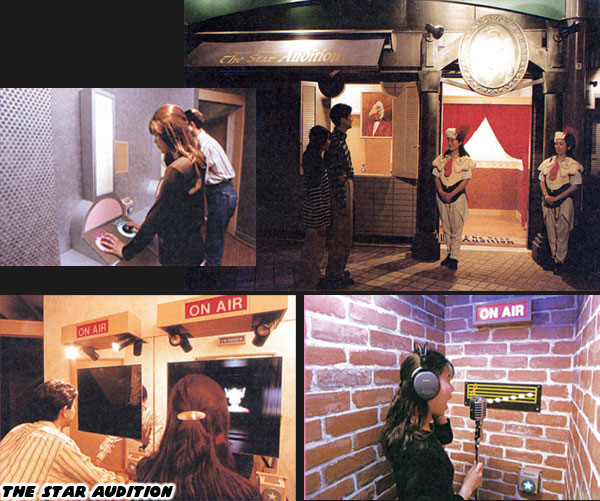
The team at Namco learned that dreamers were very invested in being the focal point of the Wedding Judge. They had a project in mind that would be a full-scale attraction at Wonder Eggs, and would become a smaller arcade experience outside the park. The Star Audition was an attraction that judged talent in different fields. There were six categories to try out: Singer, Actor, Model, Comedian, Radio Announcer, and Variety Idol. The test involved choosing from the categories, and then taking the "pitch test," in which you tested your voice at the same pitch as the voice coming through the headphones. Then there was the “expressiveness test,” in which you made a specified facial expression. There were also three “aptitude tests” to answer questions about the type of job. It was considered a live test because this was before AI technology could help with the judging. It was assumed that the audio, and video were analyzed, and judged by Wonder Eggs employees. At the end of your audition, you would receive a result sheet. If you passed, that sheet would become your application form for the second round.
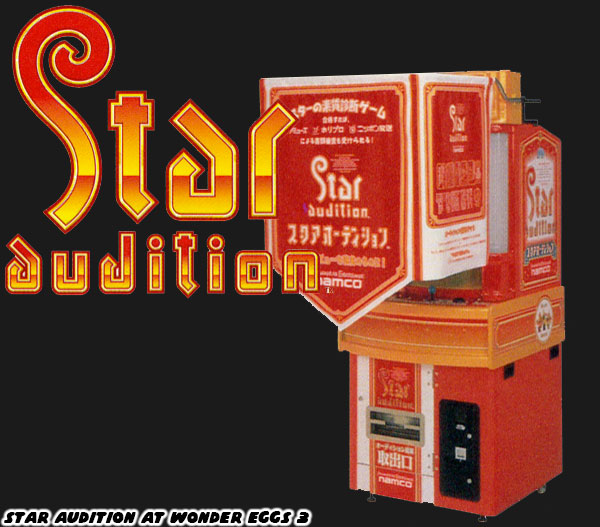
The Star Audition would later be made into an arcade game using similar metrics. It turned out that the attraction, and arcade cabinet were a joint project between Namco, and the entertainment production companies Amuse and Horipro, as well as the Nippon Broadcasting System. Since its debut there were eight people who won the auditions out of the 260,000 people who experienced it at Wonder Eggs. For example the actors
Satoshi Tsumabuki, and
Yui Ichikawa were discovered thanks to the Star Audition, and were still active today. Wonder Eggs was making dreams come true. But what would happen if the park brought nightmares to life? We will look at this in the next entry of the blog series. I hope to see you back for that. Were there any defunct parks that you visited? Please tell me about it in the comments section. As always if you would like to sponsor me
please visit my Patreon page and consider donating each month, even as little as $1 would help make better blogs and even podcasts!
Wonder Eggs, and Egg Empire research collected from: Wonder Eggs Guide Map, Namco Graffiti magazine, the book “All About Namco II", NOURS magazine, The Namco Museum, Namco Wiki, Ge-Yume Area 51 Shigeki Toyama Collection, mcSister magazine, first person attraction details from Yoshiki. Event details from Hole in the Socks

